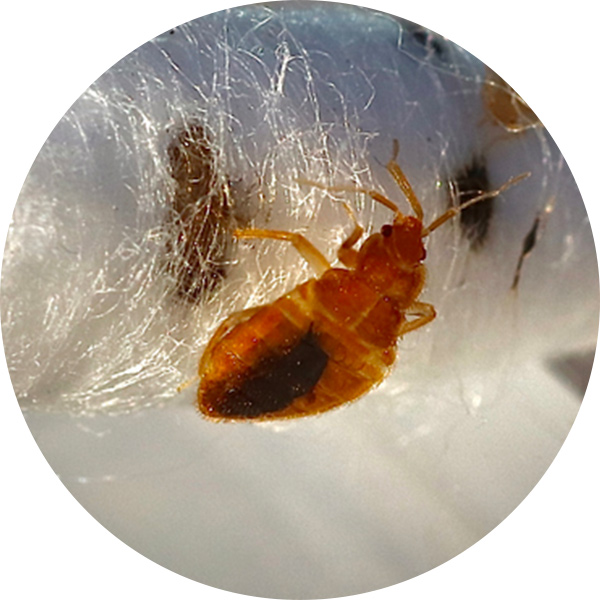
Tick Facts & Information
A tick infestation at home poses risks of disease transmission to humans and pets, as well as potential discomfort and irritation from tick bites.
Risks of Ticks
Tick-Borne Diseases
Ticks are notorious vectors for various diseases that can be transmitted to humans and animals through their bites. Some of the most well-known tick-borne diseases include Lyme disease, Rocky Mountain spotted fever, babesiosis, ehrlichiosis, and anaplasmosis. These diseases can cause a range of symptoms, from mild flu-like symptoms to more severe and chronic conditions. If left untreated, tick-borne diseases can have serious health implications and may lead to long-term complications.
Allergic Reactions
Tick bites can trigger allergic reactions in some individuals. While most tick bites result in mild localized irritation and itching, some people may develop more severe allergic reactions. These reactions can include swelling, redness, hives, difficulty breathing, or anaphylaxis. Individuals with known allergies or a history of allergic reactions should be particularly cautious when dealing with tick bites.
Secondary Infections
When a tick bites and attaches to the skin, there is a risk of secondary infections. If the tick is not removed properly or if the bite site is not properly cleaned and cared for, bacteria from the tick’s mouthparts or the individual’s own skin can enter the wound and cause an infection. Symptoms of a secondary infection may include redness, swelling, increased pain, warmth, or pus at the bite site. Prompt and proper tick removal and appropriate wound care can help minimize the risk of secondary infections.
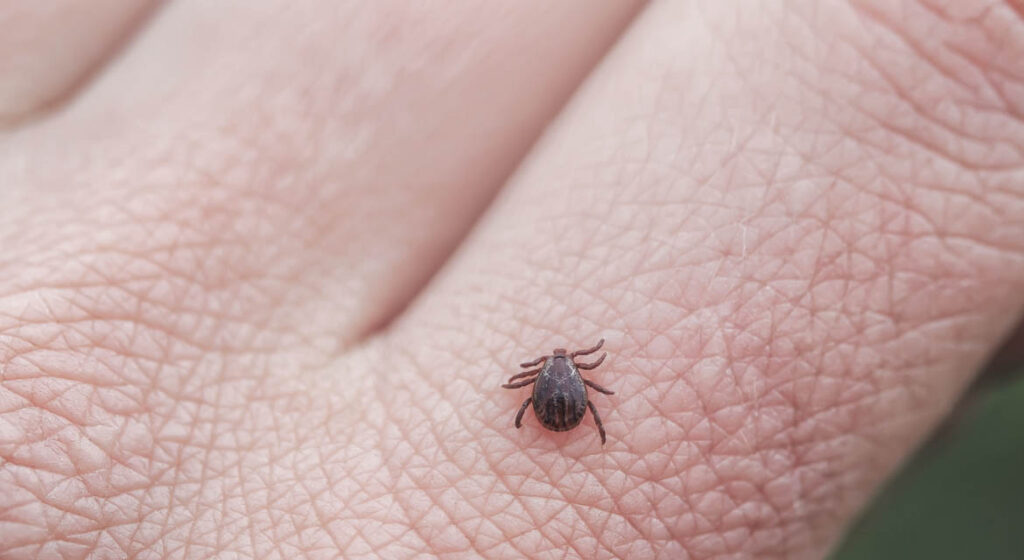
Truly Nolen GUARANTEE
If you’re not completely satisfied, you’ll get a full refund on your most recent service with our 100% money back guarantee.
Common Species of Ticks

Blacklegged Tick
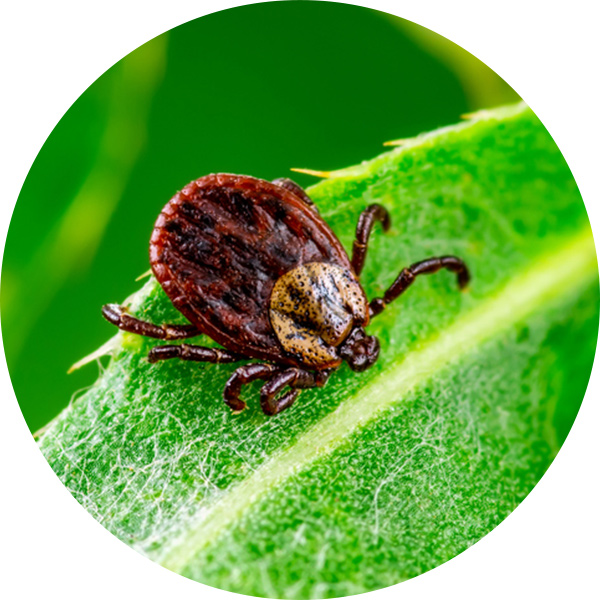
American Dog Tick
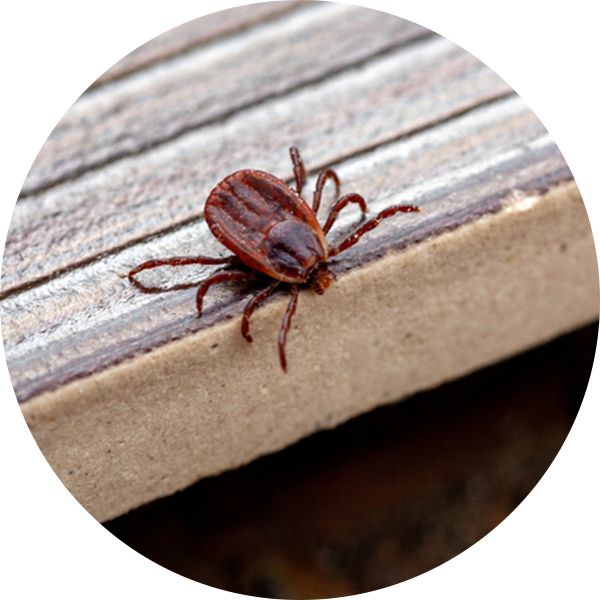
Brown Dog Tick
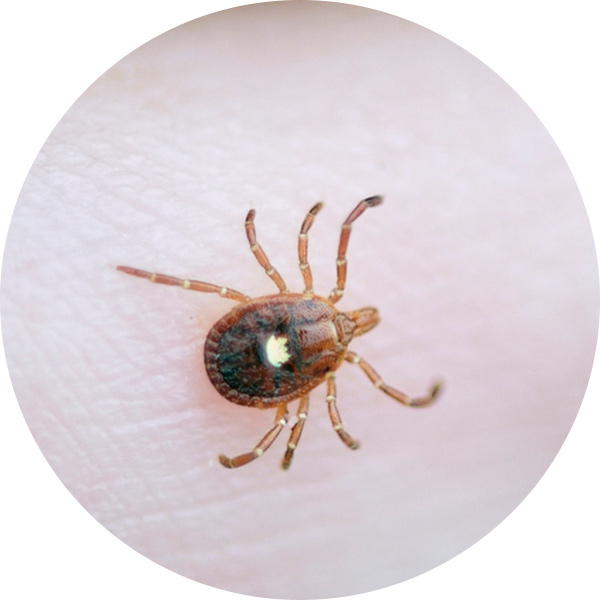
Lone Star Tick

Rocky Mountain Wood Tick
How To Identify Ticks
To identify ticks, look for small, blood-sucking arachnids with eight legs and a rounded body. If you notice multiple ticks in your home, along with signs of bites on humans or pets, it may indicate a tick infestation that requires professional pest control intervention.
Tick Appearance
Ticks are arachnids characterized by their oval-shaped bodies and eight legs. They have a tough exoskeleton and range in size from as small as a pinhead to as large as a fingernail when engorged with blood. Ticks have a specialized mouthpart called a hypostome that allows them to attach firmly to their hosts for feeding.
Tick Habitat
Ticks are found worldwide and inhabit a variety of habitats, including forests, grasslands, shrubs, and even urban areas. They require a humid environment to survive and thrive. Ticks typically reside in areas with vegetation where they can quest for hosts, such as mammals, birds, reptiles, and occasionally humans.
Tick Diet
Ticks are obligate hematophages, meaning they feed exclusively on blood. They are ectoparasites that attach to the skin of their hosts to obtain a blood meal. Ticks have a wide host range and can feed on different animals throughout their life stages. Some tick species have preferred hosts, while others are more opportunistic.
Tick Behavior
Ticks are highly adapted to locate and attach to hosts. They exhibit a behavior called “questing,” where they climb vegetation and extend their legs, waiting to grasp passing hosts. When a suitable host brushes against them, they latch onto the host’s skin and begin feeding. Ticks can remain attached to a host for several days to feed, during which time they can transmit pathogens if they are infected.
Tick Reproduction
Ticks undergo a complex life cycle consisting of several stages: egg, larva, nymph, and adult. Depending on the tick species, the life cycle can take several months to several years to complete. Female ticks lay thousands of eggs at a time in the environment. After hatching, tick larvae seek out a blood meal from a suitable host, molt into nymphs, and repeat the process. Once the nymphs feed and molt, they become adult ticks. Mating occurs on the host, and after mating, the female feeds and then detaches to lay her eggs, completing the reproductive cycle.
Tick Prevention
Preventing tick infestations and controlling their populations can be challenging but is crucial to reducing the risk of tick-borne diseases. Measures include wearing protective clothing, such as long sleeves and pants, when in tick-prone areas, using insect repellents, and performing regular tick checks on both humans and pets after spending time outdoors. Removing ticks promptly and correctly using fine-tipped tweezers can help prevent disease transmission. In areas with a high risk of tick-borne diseases, applying acaricides to targeted areas or using tick-control products on pets can be effective.

$50 Off Year Round Pest Control
Truly Nolen is a family-owned company with 85 years of experience providing the best pest control. If you’re not completely satisfied, you’ll get a full refund on your most recent service with our 100% money back guarantee.
The Truly Nolen Approach
Environmentally Conscious
We work to minimize our impact on the environment by using naturally occurring materials whenever possible.
Pet Friendly
Truly Nolen uses an Integrated Pest Management (IPM) approach designed with your pets in mind.
100% Money Back Guarantee
If you’re not completely satisfied, you’ll receive a full refund on your most recent service.
How Truly Nolen Gets Rid of Ticks
Truly Nolen follows a comprehensive process for treating a tick infestation, which typically includes a thorough inspection to identify tick hotspots, targeted application of effective tick control products, and ongoing monitoring to ensure the infestation is eliminated and preventive measures are implemented to minimize future tick presence.
Frequently Asked Questions
How do I prevent tick bites and reduce the risk of tick infestations?
To prevent tick bites and infestations, it is recommended to use insect repellents containing DEET, wear long sleeves and pants in wooded or grassy areas, perform thorough tick checks after outdoor activities, keep your lawn well-maintained, and create a barrier between wooded areas and your yard.
What are the symptoms of tick-borne diseases, and when should I seek medical attention?
Symptoms of tick-borne diseases vary, but common ones include fever, rash, fatigue, muscle aches, and joint pain. If you experience these symptoms after a tick bite or potential exposure, especially in an area where tick-borne diseases are prevalent, it is advisable to seek medical attention promptly.
How can I safely remove a tick from my body or my pet?
To safely remove a tick, use fine-tipped tweezers, grasp the tick as close to the skin surface as possible, and pull upward with steady pressure. Avoid twisting or jerking the tick, and clean the bite area with soap and water. If removing a tick from a pet, consult a veterinarian for proper guidance. Learn More!
Can ticks infest my home, and how can I eliminate them?
Yes, ticks can infest homes, especially if they latch onto humans or pets indoors. To eliminate ticks, thorough cleaning, vacuuming, and washing of infested areas is essential. Additionally, professional pest control services may be necessary to ensure complete eradication and prevent future infestations. Learn More!
What are the risks of tick bites and tick-borne diseases?
Tick bites can transmit various diseases, such as Lyme disease, Rocky Mountain spotted fever, babesiosis, and anaplasmosis, among others. These diseases can cause a range of symptoms, from mild to severe, and may lead to long-term health complications if left untreated. Prompt diagnosis and appropriate treatment are crucial in managing tick-borne diseases.

